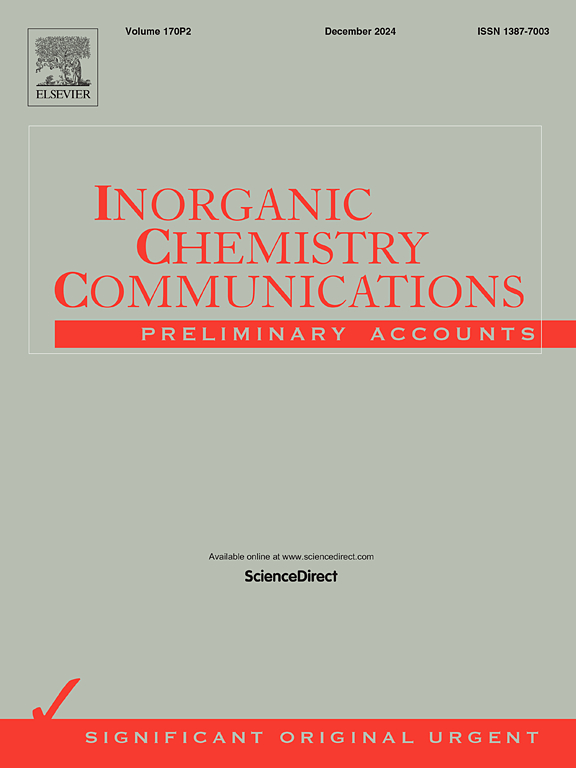二维电子材料:电子学和光电子学的集成策略
IF 4.4
3区 化学
Q1 CHEMISTRY, INORGANIC & NUCLEAR
引用次数: 0
摘要
二维(2D)电子材料,包括石墨烯、过渡金属二卤化物(TMDs)和六方氮化硼(h-BN),具有独特的结构、电学和光学特性,是先进电子学和光电子学的革命性构件。本综述将讨论这些材料的集成策略,以促进下一代电子和光电设备的发展。内容包括二维材料的基础知识、生长技术和集成方法,如单片集成和基于光子电路的集成。我们讨论了二维材料集成的最新发展,强调了二维材料功能扩展所面临的挑战,并概述了解决这些限制的途径。本综述的一个重点是介绍用于开发高质量二维薄膜的机械剥离、化学气相沉积和转移技术如何影响设备的性能,以及如何利用混合异质结构提高设备性能。对该领域的分析概述表明,二维材料可实现高性能光电探测器灵敏度、发光二极管和射频工作晶体管,但缺陷和均匀性阻碍了该技术的大规模集成。本文在全面综述的基础上,展示了二维(2D)电子材料在高能效光电子学、柔性电子学和生物传感等新兴应用领域的非凡潜力。这些见解有望为跨学科研究提供指导,并使可扩展的可靠设备能够满足通信、医疗保健和能源领域的基本应用需求。本文章由计算机程序翻译,如有差异,请以英文原文为准。

2D electronic Materials: Integration strategies for electronics and optoelectronics
The unique structural, electrical, and optical properties of two-dimensional (2D) electronic materials including graphene, transition metal dichalcogenides (TMDs), and hexagonal boron nitride (h-BN), are making them revolutionary building blocks for advanced electronics and optoelectronics. The integration strategies of these materials will be discussed in the present review to facilitate next-generation electronic and optoelectronic devices. It includes basics of 2D materials, growth techniques, and integrated methods such as monolithic as well as photonic circuit-based integration. We discuss recent developments regarding 2D material integration, highlight challenges to scaling their functionality, and outline routes toward addressing these limits. An important focus of this review is to describe how the mechanical exfoliation, chemical vapor deposition, and transfer techniques used in developing high-quality 2D films affect the performance of a device as well as describe how hybrid heterostructures can be used towards enhanced device performance. An analytical overview of the field shows that 2D materials allow for high-performance photodetector sensitivity, light-emitting diodes, and transistors operating at radio frequencies but defects and uniformity hinder the integration of this technology on a large scale. Based on a thorough review, this paper demonstrates the exceptional potential of two-dimensional (2D) electronic materials for emerging applications in energy-efficient optoelectronics, flexible electronics, and biosensing. These insights are expected to guide research across disciplines and enable scalable, reliable devices that will fulfill essential applications in communications, health care, and energy.
求助全文
通过发布文献求助,成功后即可免费获取论文全文。
去求助
来源期刊

Inorganic Chemistry Communications
化学-无机化学与核化学
CiteScore
5.50
自引率
7.90%
发文量
1013
审稿时长
53 days
期刊介绍:
Launched in January 1998, Inorganic Chemistry Communications is an international journal dedicated to the rapid publication of short communications in the major areas of inorganic, organometallic and supramolecular chemistry. Topics include synthetic and reaction chemistry, kinetics and mechanisms of reactions, bioinorganic chemistry, photochemistry and the use of metal and organometallic compounds in stoichiometric and catalytic synthesis or organic compounds.
 求助内容:
求助内容: 应助结果提醒方式:
应助结果提醒方式:


